I think it's probably trying to ensure a constant characteristic impedance allong the full length of the traces and prevent reflections on the transmission line. As the frequencies of signals increase (and rise times of the outputs of the gates/line drivers get faster) the output cable/traces on a PCB board can be considered to act as transmission lines containing distributed capacitance, inductance and resistance along their length.
If the characteristic impedance ( \$Z_0\$ = \$\sqrt{\dfrac{L}{C}}\$ ) along the length of the line changes suddenly, then a reflection of the signal can occur and bounce back to the transmitting device and the reflected pulse interferes with the outgoing pulses messing up the data being transmitted.
If you want to research it some more, look up theory of transmission lines and Time Domain Reflectometry.
Having smooth curves as opposed to 45 and 90% angled corners might be a way to reduce the magnitude of the change of the characteristic impedance, and reduce the reflections and help ensure signal integrity and ensure that data can be transmitted reliably down the line (transmission line, cable, PCB trace) at the required high speed.
